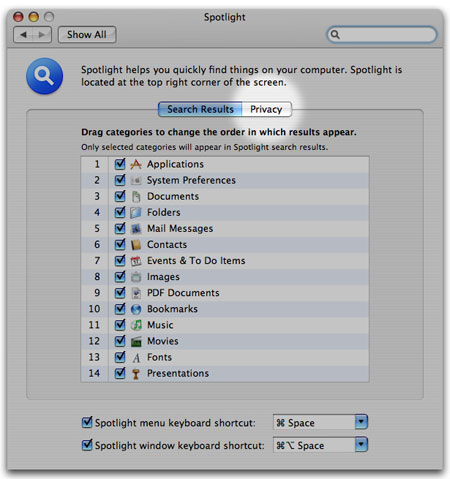

- #How to find temp files on a mac how to
- #How to find temp files on a mac manual
- #How to find temp files on a mac free
But even if the computer runs 10 degrees celsius above the ambient level, it’s still fairly okay. The normal room temperature 22-24 degrees celsius is ideal for CPU temp. However, if I were to break it down in simple term I would say that the cooler the CPU temperature is, the better it is for the health of your computer.
#How to find temp files on a mac free
Moreover, it can also let you figure out whether or not you are overkilling the CPU by playing some of the best free Mac games or allowing resource hogging apps to run amuck.Īs the normal CPU temperature varies from model to model, it’s a bit difficult to point out a precise number that can be the best representative for all. Maybe you are trying to benchmark your newly bought machine or maybe you would like to find out when actually the fans get going. There are multiple reasons why you may want to keep a track of the CPU temperature on macOS. Why Do You Need to Track the CPU Temperature on Your Mac? Other Apps for Viewing CPU Temperature on Mac Too many temporary files may result in your Mac performing not the way you expect it to.Check CPU Temperature in Mac Using TerminalĬheck CPU Temperature of M1 Mac (Mac with Apple Silicon)Ĭheck CPU Temperature on macOS Using Fanny App
#How to find temp files on a mac manual
It doesn’t matter which way you choose - automatic or manual - clearing temporary files is what your Mac needs regularly. Select Clear Data in the Cookies and Site Data section.Navigate to Privacy and Security settings.Select More tools - go to Clear Browsing Data.Click on the three dots in the upper right corner when in Chrome.Click Remove All - confirm and click Remove Now Clear browser cache in Chrome: Navigate to the Privacy tab - click Manage Website Dataģ. Open Safari - click on the Safari tab in the menu bar - PreferencesĢ. This is especially effective if you use multiple browsers.ġ. If this sounds too complicated or time-consuming, you can start by clearing your browser cache. Note: Before deleting anything - do make sure you know what you’re about to remove. Highlight the temporary files you want to delete-move the selected files to Trash

Open Finder - in the menu bar click on Go- Go to Folder-type in ~/Library/Caches/ģ. To find and delete temporary files on your Mac:Ģ. It’s called the Caches folder and contains all temporary files along with the cached ones. Let’s locate the folder with temporary files on your Mac.
#How to find temp files on a mac how to
How to find and remove temporary files on Mac manually Run the Safe Cleanup feature to find and delete temporary files eating up your disk space. MacKeeper has detected around 4GBs of log and cached files.

Take a quick look at the screenshot above. If you’ve selected to empty Trash - click Empty Trash to confirm the cleanup Check all items or review the ones you want to removeĦ. Click Start Scan - wait for the scan resultsĤ. How much do you think it’d take to have the Safe Cleanup feature in MacKeeper detect and clear temp files? Just a few clicks within a few minutes:ģ. Delete temporary files with MacKeeperĭeleting temporary files manually is a time-eater. Plus, the browsers you use, create temp files so the websites load without delay.īut if you have a considerable amount of apps, visit dozens of websites daily and feel your Mac has become sluggish - deleting temp files is what your Mac needs. Apps on your Mac create temp folders, which help apps to work faster. The quantity of temp files depends on the number of apps you use and the number of websites you visit. Temporary files mostly come in the form of apps, systems, browser cache, and log files. This article will talk about what’s behind temporary files and how to delete them effectively. Often overlooked, they may waste GBs of precious disk space. Temporary files on Mac are not the first thing that comes to mind when you decide to clean up your Mac. How often do you clean your Mac? We’re just asking because junk files, duplicates, and temporary files may occupy more disk space than you can even imagine!ĭownload MacKeeper to do the cleanup more often and also get a daily report to see how your Mac is doing.


 0 kommentar(er)
0 kommentar(er)
